Xiaomi's early years saw the company launching one main device offering every year with up to three variants. In 2014, however, the company began to introduce multiple smartphone lineups including its existing Mi flagship, the Redmi Note phablet range, and the entry-level Redmi series. While the Mi lineup, in particular, is Xiaomi's flagship offering, the phones under this series remain affordable without compromising hardware performance, among other things.
This year, Xiaomi has taken things a step further by announcing as many as five modifications of its 2018 flagship: the Mi 8, Mi 8 Pro, Mi 8 Explorer Edition, Mi 8 SE, and Mi 8 Lite. This review focuses on the standard Mi 8 model, which is basically similar to the Pro and Explorer Edition except that it doesn't support under-display fingerprint scanning.
Specs and features
| CPU | Qualcomm Snapdragon 845 |
|---|---|
| GPU | Adreno 630 |
|
Body |
154.9 x 74.8 x 7.6mm (6.10 x 2.94 x 0.30in) 175g |
|
Display |
6.21-inch Super AMOLED, 1080 x 2248p (18.7:9), 402 ppi Corning Gorilla Glass 5 |
|
Operating System |
MIUI 9.5 based on Android 8.1 Oreo (upgradable to Android 9.0 Pie) |
| Security |
Infrared (IR) face recognition Fingerprint scanner (rear-mounted) |
| Connectivity |
Cellular: Dual SIM | 2G/3G/4G Bluetooth: 5.0, A2DP, LE, aptX HD Location: dual-band A-GPS USB: USB-C Wi-Fi: 802.11 a/b/g/n/ac, dual-band, Wi-Fi Direct, DLNA, hotspot |
| Camera |
Rear: 12MP (f/1.8) + 12MP (f/2.4) Front: 20MP (f/2.0) |
| Camera features | Dual-LED flash, HDR, Panorama, AI scene detection, Portrait mode, Manual mode, Night mode |
| Video |
Rear: 2160p@30fps, 1080p@30/120/240fps (with slow-motion) Front: 1080p@30fps |
| Storage | 128GB |
| RAM | 6GB |
| Battery | Li-Po 3400 mAh |
| Color options | Black, Blue, White, Gold |
Design
For its price range, the Mi 8 may not be anything close to a flagship phone until you see its design. It's got a premium look, thanks to the glass front and back panels with a 7000 series aluminum frame. Keep in mind, though, that the device doesn't support wireless charging despite its glass back. Nonetheless, this design effectively gives it a premium feel.
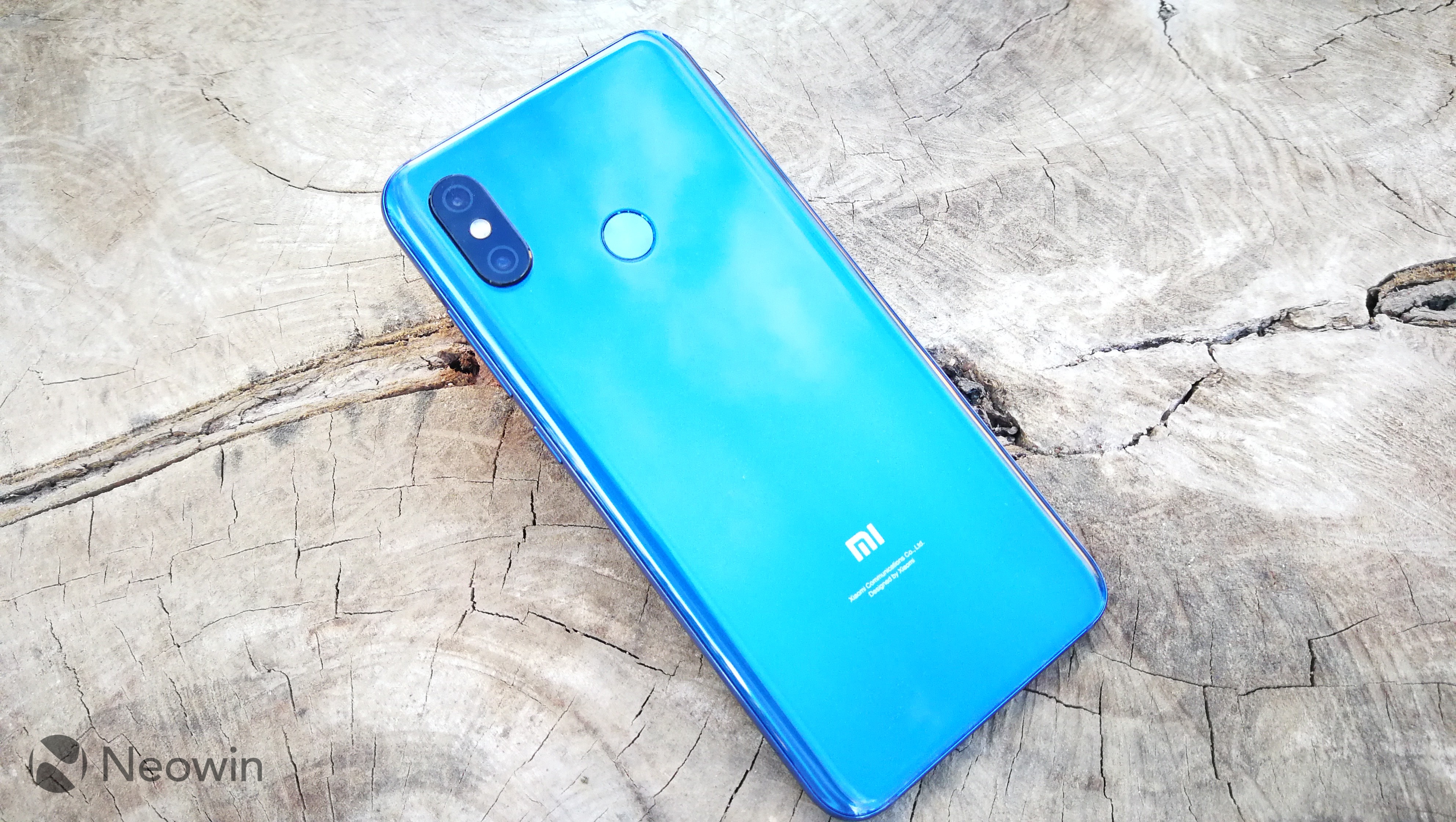
Unfortunately, just like any other flagship device with a glass body, the Mi 8 is prone to smudges. Thankfully, this is easily resolved with a clear jelly case that ships with it. The phone drops the usual 16:9 aspect ratio for a tall display that's punctuated with a notch at the top to accommodate the front camera and - super fast - IR face recognition. The phone's edges also have nice curves.
At the back of the device sits the dual camera setup, which can be found in the upper left-hand side. The camera module bulges out, making the device tilt slightly when it's sitting on its back. The fingerprint scanner sits far above the Mi logo at the back of the phone as well.

The volume rocker and the power button are found on the right side of the phone, while the SIM card tray is housed on the left. The buttons themselves are pretty clicky and sturdy. Sadly, there's no room for extra storage.
You can find the mic at the top, and the speakers plus USB Type-C port at the bottom. Only the right speaker grille houses a speaker beneath, and it gets the job done properly with crisp sounds, but it's not as loud as you'd expect from a flagship device even at 100% volume. It would have been better if Xiaomi had squeezed the mic to the left side of the USB-C port instead of the inactive speaker grille and placed a headphone jack right at the top of the smartphone.
So far, that is the only design flaw that I observed in the Mi 8. I must point out that the lack of headphone jack support isn't a major issue to me, seeing as many wireless headphones are already available in the market these days. If Bluetooth headphones aren't your thing, there's a USB Type-C to 3.5mm adapter inside the box.
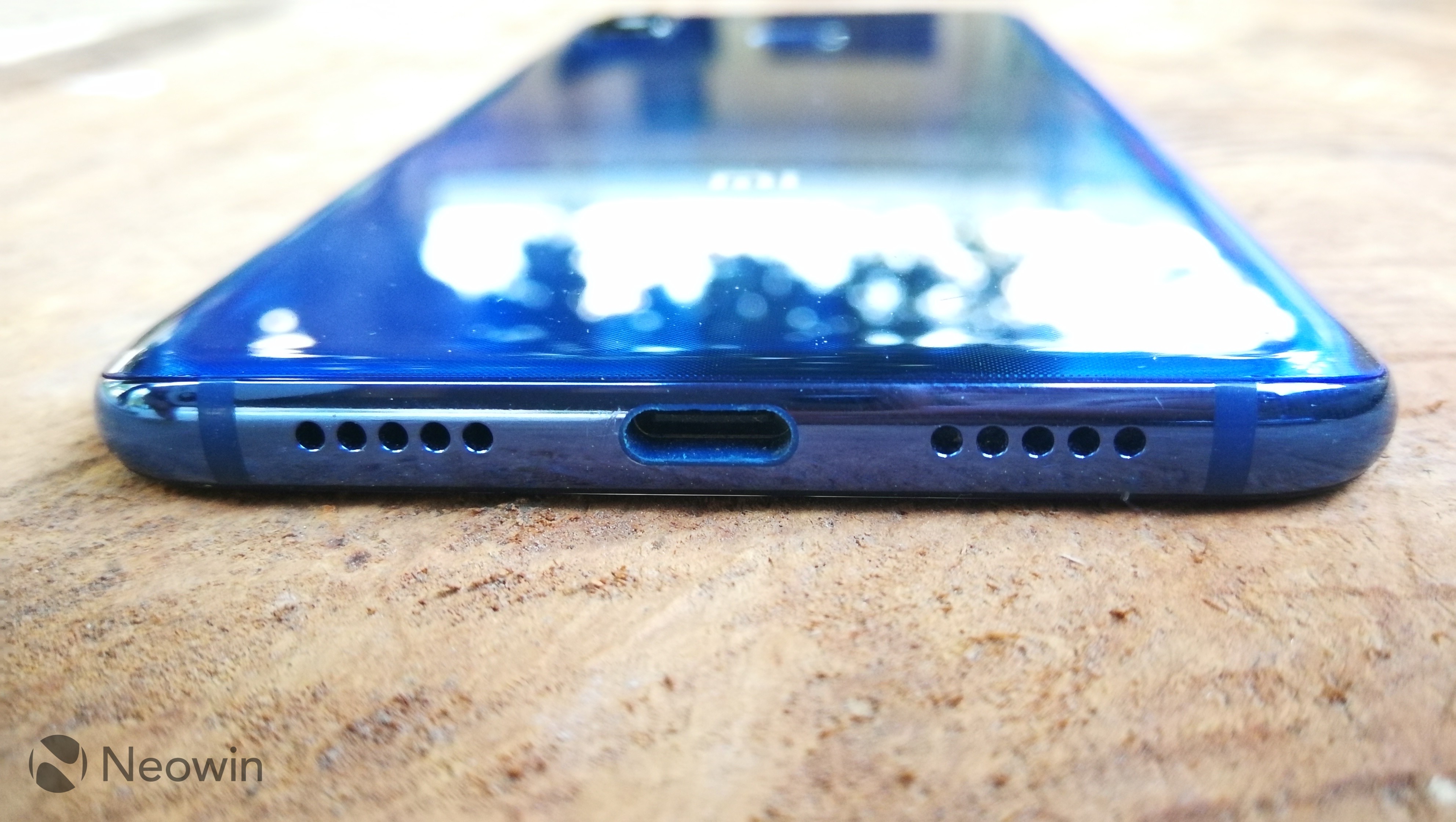
As you may have probably noticed, the phone looks similar to the iPhone X in terms of design, which the company doesn't deny, either. I personally think that it shouldn't be a deal breaker, especially for those looking for a high-specced phone that doesn't break the bank. The handset has impressive build quality, anyway, despite its unoriginal design.
This is apparently part of Xiaomi's effort to (successfully) undercut Apple in China, where the majority of users want devices that look like an iPhone for a fraction of its price. Thankfully, the company has extended that offering to the wider world for those budget-conscious consumers.
Display
The Mi 8 has a large display at 6.21 inches and a 1080 x 2248p resolution with a 402ppi screen density. Being an AMOLED, the screen produces excellent brightness and vibrant colors, with deep enough blacks that help save some battery juice.
With its 88.5% screen-to-body ratio, the phone is great for binge-watching YouTube videos or streaming movies. Of course, it comes with a notch in its display, but that doesn't ruin your Netflix session, since it gets automatically hidden when you start watching a video.

Still, you have the option to manually conceal the notch completely by heading over to the Settings menu if you prefer not seeing it during regular use.
Another awesome aspect of the display is its excellent brightness even under harsh daylight. That's thanks to the screen's 600-nit peak brightness. The contrast is also impressive, courtesy of the phone's HDR display.

If you're more comfortable with a cooler color temperature, the Mi 8's display has a more bluish tone, dropping warmer tones a bit. Personally, I prefer this kind of color temperature during the daytime, though there's an option to turn on Reading mode at night, pulling up a warmer tone to minimize strain on your eyes. Overall, it's a great display with punchy colors and brightness that will satisfy most users.
Camera
One of the more interesting features of the Mi 8 is its camera. The dual 12MP + 12MP setup at the back of the phone boasts some trendy artificial intelligence capabilities (turned on by default). That means it can identify any subject and then adjust exposure, saturation, and other parameters for optimal results.
I find the AI camera feature really cool, as it eliminates the need to apply filters to photos. I am, however, left wondering why all the presets need to be there in the first place. That said, for those who want extra filters for their photos, the Mi 8 provides plenty of them.

Xiaomi says the phone's AI camera can detect more than 200 scenes. The studio lighting effects boost the brightness of photos even in low light environments without over-exposing things. I personally like this feature because images stay bright while balancing the highlights and shadows all over. Another awesome aspect about the camera is its fast and on-point auto-focus capability.
While the Mi 8 doesn't have all the bells and whistles of say, a triple camera setup, its dual shooter does its job well. It consists of a wide-angle lens with an aperture of f/1.8 for capturing scenes from a broader perspective, and an f/2.4 telephoto lens for producing bokeh effects with 2x lossless optical zoom. What I like more about the telephoto shooter is its capability to zoom in up to 8x without dramatically distorting the details of an image.
Images are especially crisp and vivid under bright sunlight. The camera also manages to produce photos with excellent dynamic range when shooting in low light, thanks to its HDR mode. When shooting in Portrait mode, images get smooth blurs in the background without looking artificial.
Night mode, which comes with MIUI 10.1.2 along with 960fps super slow-motion video recording, does an awesome job with an incredibly low noise level, thanks to the handset's AI camera. This feature works to slow down the shutter speed a bit in order to let more light onto the sensor. One downside to it is that moving objects can be blurry due to the long exposure. The blur may also sometimes be caused by little movements of the hands, but the Mi 8 keeps objects in general particularly sharp.
In selfie mode, the camera features "Group selfie", which basically allows the snapper to capture multiple photos and creates an image where every subject looks great. In my experience, I never really had to use any of the built-in filters for my selfie photos, and the same can be said of the photos taken using the rear camera. Also, while the front camera has the tendency to smooth out your skin, it does that in a more natural way than other selfie cameras out there.
Video recording with the Mi 8 is also good. I should point out that while the optical image stabilization may appear as though it's not up to the task while recording, the resulting video is stable in general.
The phone supports 4K (2160p) video recording, though only at 30fps. There's nevertheless an option to record at up to 240fps with a 1080p resolution. Overall, the Mi 8 has a pretty decent camera that's on a par with the competition.
Battery and performance
The Mi 8 is powered by Qualcomm's Snapdragon 845, which has four 2.8 GHz Kryo 385 Gold and four 1.8 GHz Kryo 385 Silver cores. Its excellent graphics performance is courtesy of the Adreno 630 GPU. With 6GB of RAM and 128GB of internal storage, the device lives up to the expectation that usually comes with a $1,000 or higher flagship.
To put in context how the Mi 8 fares against the competition, it's still relevant to use benchmarks. Below are the results, starting with Geekbench 4, which tested CPU performance:

The device didn't achieve an impressive score on Geekbench in comparison to its closest rivals including the OnePlus 6T, which gained a single-core score of 2428 and a multi-core score of 8965 based on our review of the phone.
Here's the GFXBench results for the phone's graphical power, showing more note-worthy scores:
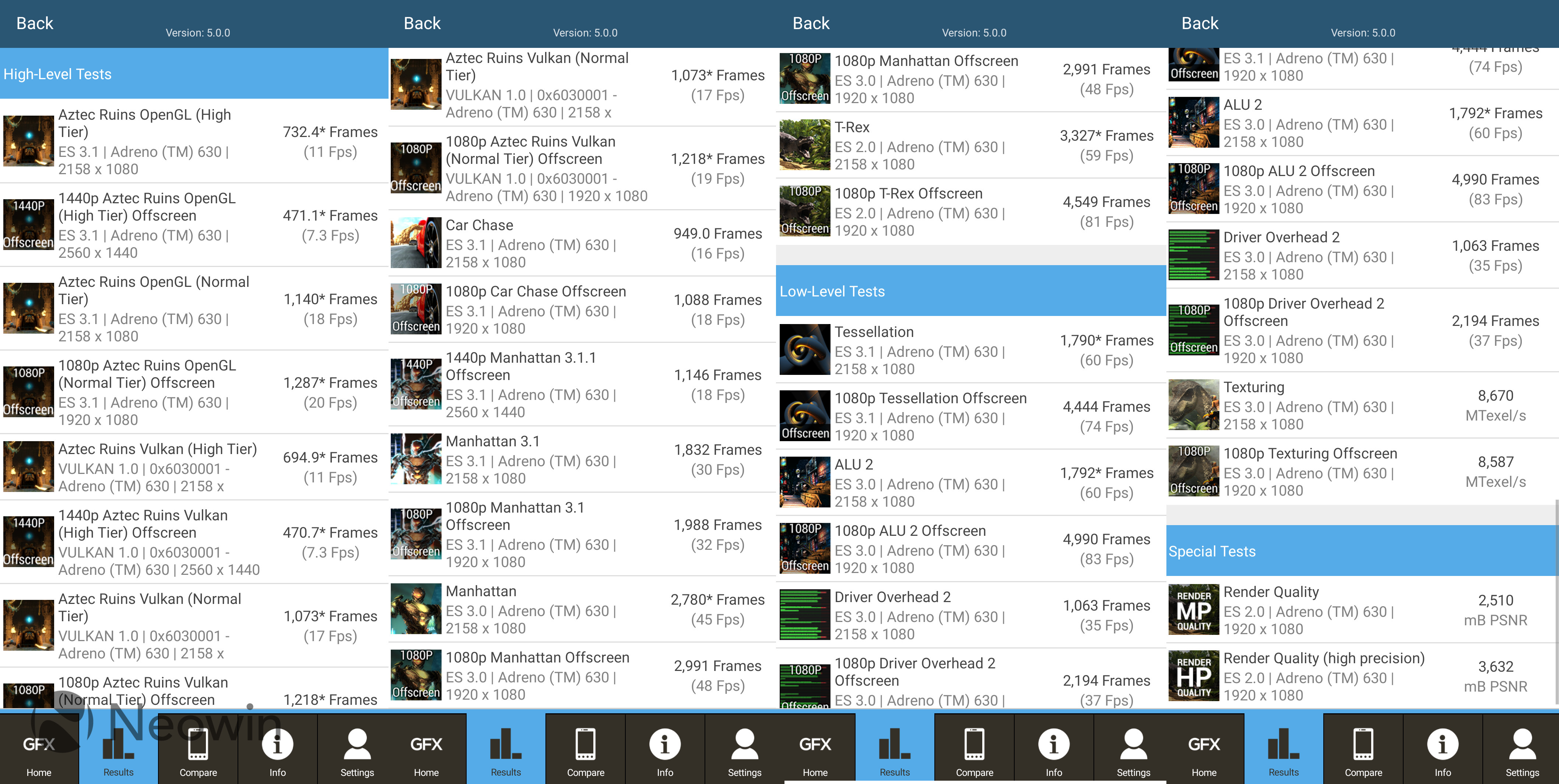
Finally, the AnTuTu results give us a bit of a summary of the phone's overall performance. In this test, the Mi 8 still didn't outperform the OnePlus 6T (298530 from our review), but it managed to surpass the scores of the Galaxy S9 series, Galaxy Note9, and Pocophone F1.

What these results mean is that the Mi 8 is a beast in almost every respect in its price range. It's fast and fluid, no matter the task you throw its way. While using the phone, I've encountered no screen freeze and frame drops with even the most intensive graphics from titles like Asphalt 9 or PlayerUnknown's Battlegrounds.
We couldn't proceed without discussing its battery. The Mi 8 packs a non-removable Li-Po 3400mAh battery featuring Qualcomm's Quick Charge 4.0+ technology. What this means is that the phone's battery can be juiced up to 45% within 15 minutes, per my experience with it.
The battery can also last for most of the day with power-intensive tasks including gaming, video playback, and web browsing with multiple Chrome tabs open. For the past three weeks that I've been using the phone, its battery life averaged 16 hours a day for demanding games and apps, which is quite remarkable.
Software
Xiaomi is a company that traces its roots to software more than to hardware, so it's easy to understand why its MIUI skin based on Android is nothing to sneeze at. The Mi 8 originally ships with MIUI 9.5 on top of Android 8.1 Oreo, but the company started rolling out version 10.1.2 based on Android 9.0 Pie a few days ago.
Like Apple's smartphones, the Mi 8 doesn't have an app drawer, which is not a problem for those who would prefer a more straightforward user interface. But there aren't a lot of customization options, either. This can be resolved by installing third-party skins like Nova Launcher.
What it lacks in customization, the phone compensates with a host of nifty features including full-screen gestures, which replace the navigation buttons. It's not exactly similar to Android Pie gestures: you can swipe up to return to the home screen, swipe up and hold to access the multi-tasking window, and swipe from the left or right edge of the display to go back. There's also another feature called Second Space, which creates a secure partition of your device for storing private photos and apps.

Swiping to the left of the main home screen takes you to an overview of shortcuts, which provide quick access to apps like Google Assistant and allow you to see stock prices, calendar events, notes, and many more. From here, you can also clear your device's cache.
The Mi 8 also supports dual apps, which are basically app copies that can be used separately with a different account. The overall experience is close to a stock Android UI, and I personally like that Xiaomi doesn't implement a lot of gimmicks.
Conclusion
By any standard, the Mi 8 is one of the best smartphones available in its price range. But when Xiaomi introduced the Pocophone F1 in August, I thought that it has generally the same specs as the Mi 8 for a lower price.
I also thought that the Pocophone could eat into Mi 8's market, so I reached out to John Chen, Xiaomi's director for Southeast Asia, for an explanation. He said that the flagship device's differentiating factor from the Pocophone is its dual GPS designed for more accurate location data.
Xiaomi claims that the Mi 8 is the first smartphone in the world to offer support for dual GPS. It's a lesser-known feature of the device which uses an additional satellite frequency to more accurately identify location and movement. It is especially useful in urban areas where signal can be easily interfered. The technology also helps navigation apps like Google Maps spend less time on pinpointing your location. And that was the case when I traveled in both rural and urban areas with Maps.
Chen also pointed out that the camera quality for Mi 8 is much better than that of the Pocophone, with which I agree. That's on top of the more premium build quality of the Mi 8 than the polycarbonate housing of the Pocophone.
With its impressive camera, fast IR face recognition, fingerprint scanner, and top-of-the-line hardware at an attractive price, the Mi 8 is definitely a flagship smartphone that should put its rivals on notice.


































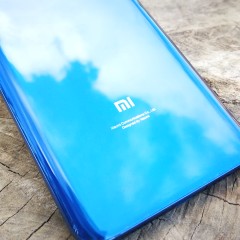
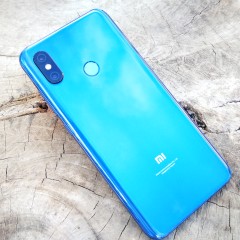
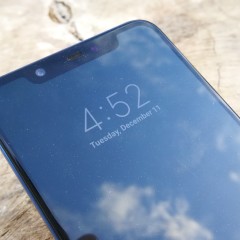

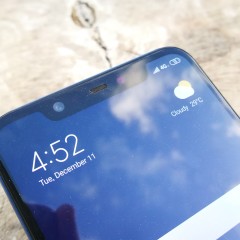


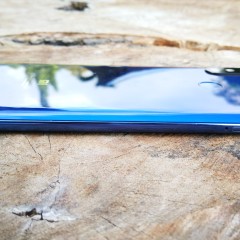







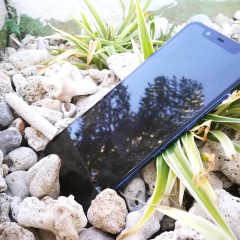









9 Comments - Add comment